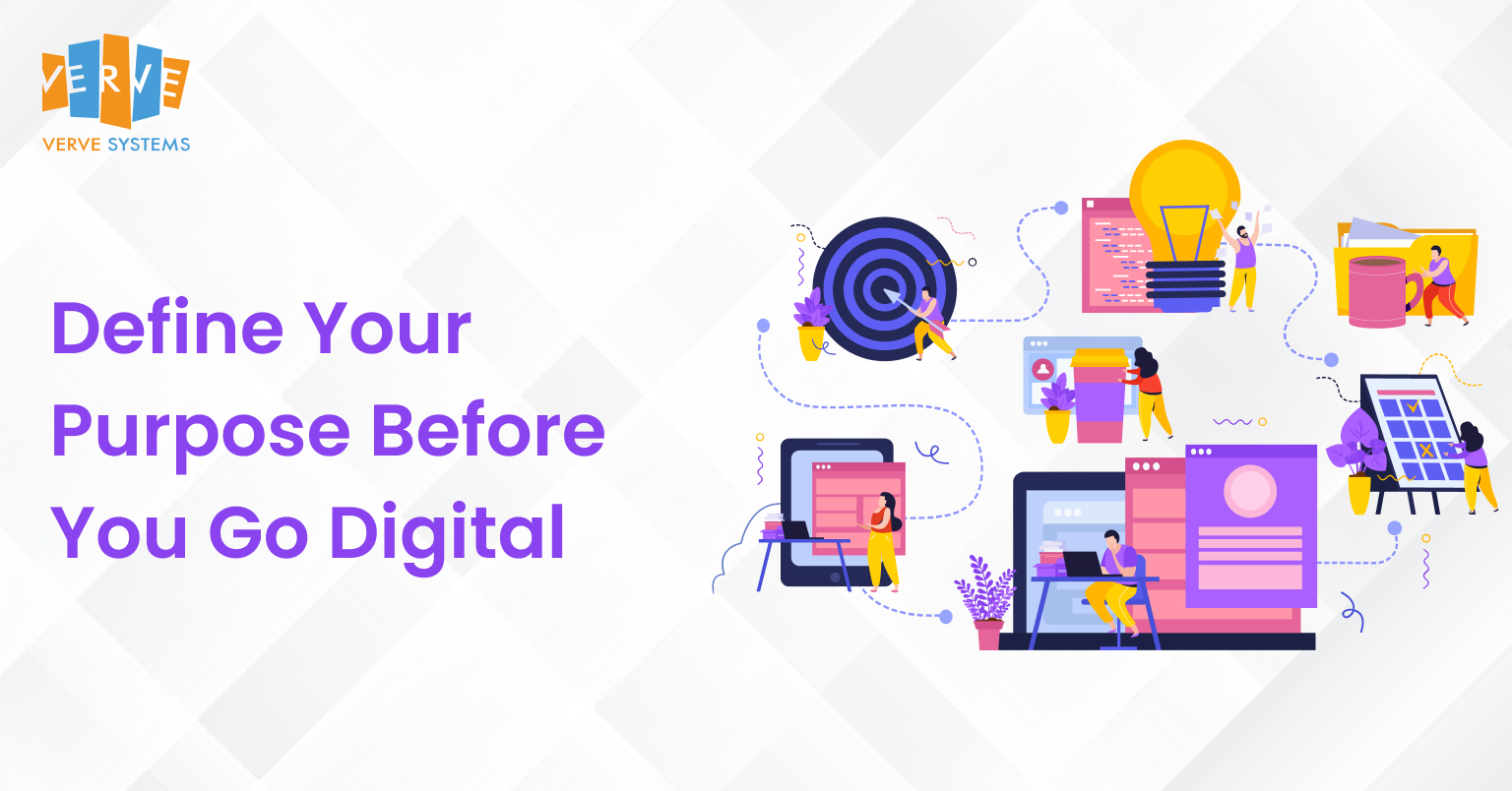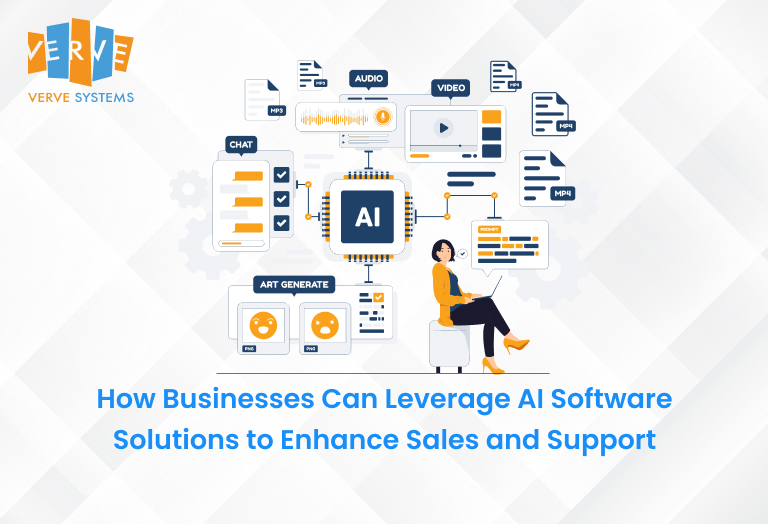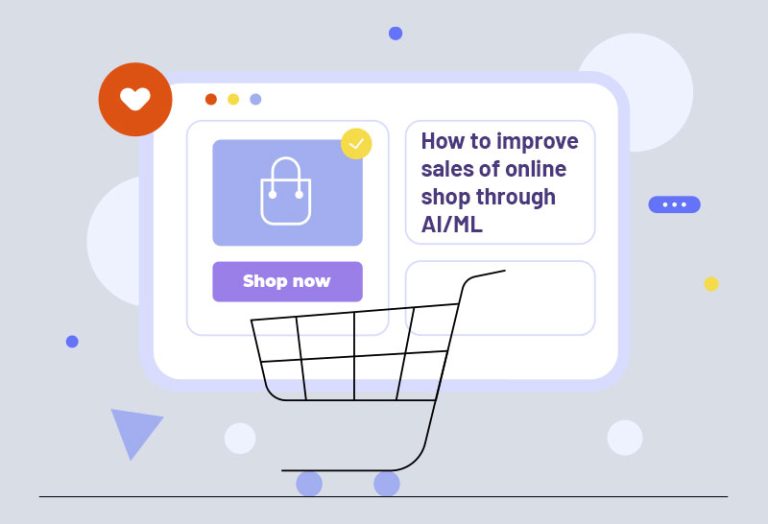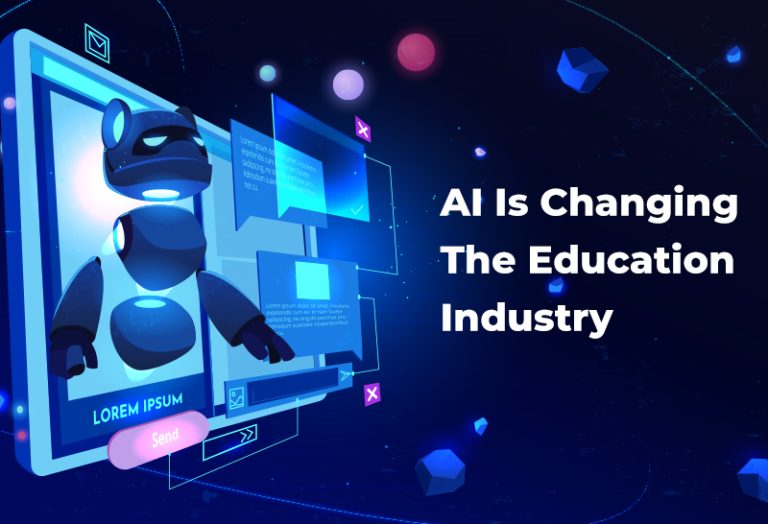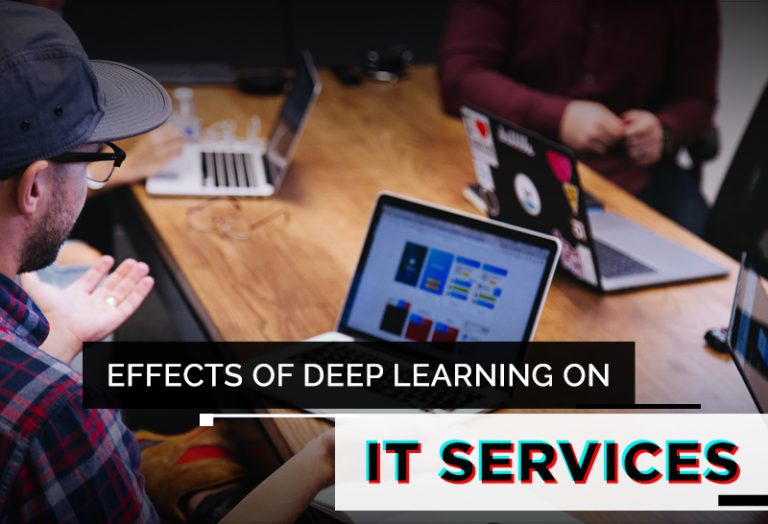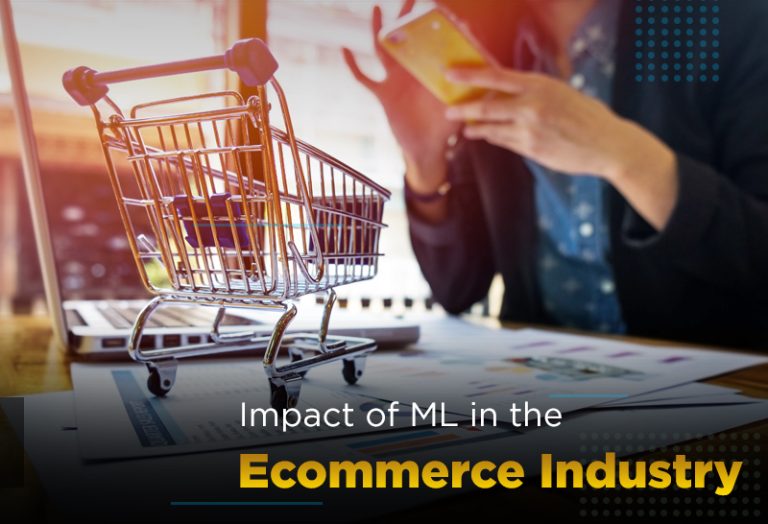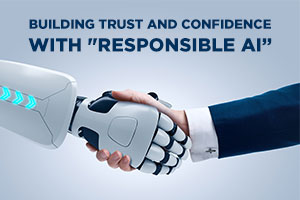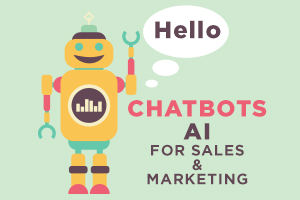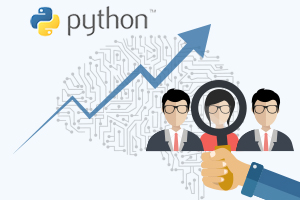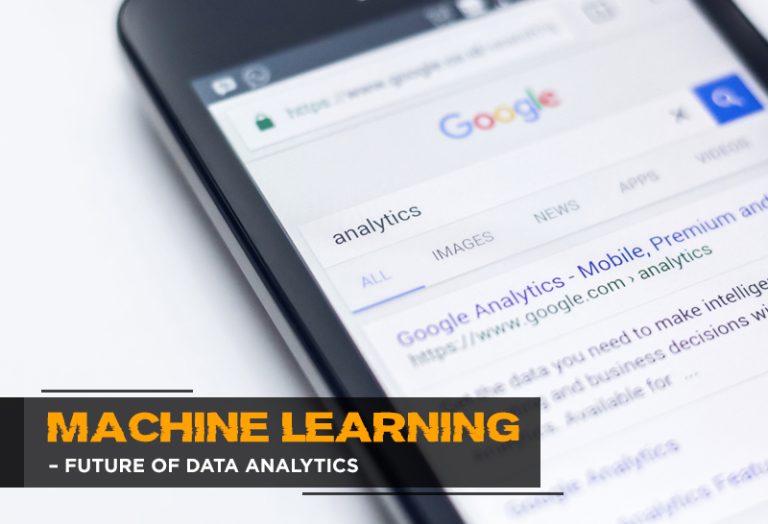The Essential Digital Transformation Strategy Guide (2025 Update)
With consumers and businesses being constantly online, there’s no doubt that a big part of your marketing strategies is focused on digital marketing. But, when you are looking at growing your business, the sheer options that are available are overwhelming. There’s already so much to do—so, how should businesses maintain an agile digital strategy that is just enough to help them grow but not too much to create chaos?
To begin with, you must have a strategy that focuses on achieving your desired goal. Depending on the scale of your business, you might chalk out multiple goals too. It’s important to define the purpose of going digital before you dive in.
Here are a few things to think of before you decide upon your ‘go digital’ strategy:
Study your buyer personas
Every business must know “who” you are marketing to. So, your first step is to create buyer personas. Ideal customer personas can be created by researching, surveying, and understanding your target audience. Collect all the demographic information such as location, age, income, etc.
Identify your goals
Define the fundamental goals of the business and then design the digital strategy around it. Understand which part of your business will be most profitable by going digital. You need not simply digitize anything and everything
Evaluate your existing digital channels and assets
When considering your available digital marketing channels or assets to incorporate into your strategy, it’s helpful to first consider the bigger picture to avoid getting overwhelmed.
Your Path to Digital Success
Your strategy should be very specific to your business. The purpose of your strategy is to map out the actions you’re going to take to achieve your goal over a period of time. As long as that’s true, you’ve nailed the basics of creating a digital strategy.
Define Your Purpose Before You Go Digital: The Essential Digital Transformation Strategy Guide (2025 Update)
In today’s continuously connected business world, a major part of your strategy must focus on a complete digital transformation. When aiming for significant business growth, the sheer volume of technology options—from cloud to AI—can be overwhelming. How should businesses maintain an agile digital strategy—one that’s potent enough to drive growth without creating chaos?
The answer begins, as it always has, with purpose. You must have a strategy that focuses on achieving your desired goals. It’s essential to define the purpose of going digital before you dive into execution.
The Foundational Pillars of Digital Strategy
Before spending resources on any platform or technology, you must nail these three basic fundamental steps. These are the unchanging basics of creating a sound digital strategy for any digitization transformation effort.
Before spending resources on any platform or technology, you must nail these three basic fundamental steps. These are the unchanging basics of creating a sound digital strategy for any digitization transformation effort.
1. Study Your Buyer Personas
Every successful business must know “who” its efforts are targeting. Your first and most critical step is to create detailed buyer personas. Ideal customer personas are created by researching, surveying, and thoroughly understanding your target audience. Collect all the key demographic information—such as location, age, income, professional role, and digital behaviors—to paint an accurate picture of the user you aim to serve.
2. Identify Your Goals
Define the fundamental goals of the business, and then design your digital strategy around them. It is crucial to understand which part of your operation will be most profitable by going digital. You need not simply digitize anything and everything. Focus your strategy on outcomes: is your goal operational efficiency, process automation, system modernization, or customer retention?
3. Evaluate Your Existing Digital Channels and Assets
Before onboarding new tools, review what you already have. When considering the available channels and digital assets to incorporate into your strategy, it’s helpful to first consider the bigger picture to avoid getting overwhelmed. Your strategy should be very specific to your business. The purpose of your strategy is to map out the actions you will take to achieve your goals over a defined period. As long as that is true, you have mastered the basics of creating a digital strategy.
The 2025 Mandate: E-E-A-T and The Transformation Roadmap
While the foundations above remain critical, modern success hinges on moving past basic digitization to achieving true Digital Transformation (DX). Success today requires integrating advanced concepts like legacy system modernization, customized AI, and rigorous evidence of E-E-A-T (Experience, Expertise, Authoritativeness, and Trustworthiness).
A 2025 DX strategy must evolve from simply using channels to engineering personalized, robust, and scalable solutions that address core business challenges.
Pillar 1: Modernizing the Core (Legacy System Migration)
The biggest barrier to transformation is often outdated infrastructure. Your digital purpose must prioritize Legacy System Migration [Internal link to: /services/legacy-system-modernization] to establish a modern, agile foundation. This move is a direct display of expertise and experience.
- Migrate to Modern Frameworks: Strategically move old systems to new, secure, and scalable cloud-based technologies. This is a foundational step that enables all future digital growth and reduces extreme maintenance costs.
- Trustworthy Architecture: Implementing modern systems with proper API integration and security protocols demonstrates trustworthiness in handling mission-critical data. [External link to: Reputable Cloud Security Compliance resource].
- The Experience of Stability: A stable, high-performance system directly impacts employee and customer experience by eliminating slow, error-prone processes.
Pillar 2: Building Intelligence (Custom AI Solutions)
Customized AI solutions are the engine of modern digital strategy, transforming data into predictive, scalable business value. Leveraging AI is a powerful way to demonstrate advanced expertise.
- Process Automation: Use AI and Machine Learning (ML) to automate complex decision-making and repetitive tasks, aligning directly with the goal of operational efficiency.
- Data-Driven Modeling: Unlock the power of your unique datasets with tailored models! By creating specialized tools like predictive analytics for finance or natural language processing for customer service, you can truly showcase your expertise and drive expertise results.
- Ethical AI (Trustworthiness): Your strategy must include a framework for ethical data use and bias mitigation in your custom AI/ML models, reinforcing trustworthiness with stakeholders.
Pillar 3: Delivering at the Edge (Web, Mobile, and Software Solutions)
The customer and employee experience is delivered through polished, highly functional interfaces. A successful transformation requires modernizing these applications to meet user expectations.
- Custom Software Solutions: Develop bespoke web, mobile, and software solutions designed specifically to solve your identified business goals, moving beyond off-the-shelf tools that often create new silos.
- Omnichannel Consistency: Ensure that your new solutions (e.g., a mobile application development) deliver a consistent and seamless flow with your web and desktop interfaces.
- Asset Future Proofing: By building applications using core agile methodologies and microservices, we ensure your digital assets are flexible and ready for future integrations, demonstrating expertise.
If you are planning to go digital and feel you need consultation and advice on what possible business solutions fit your goals. Let’s Get in Touch: Click Here
